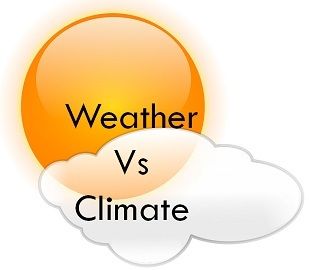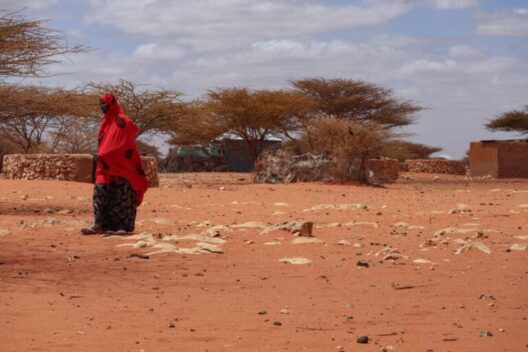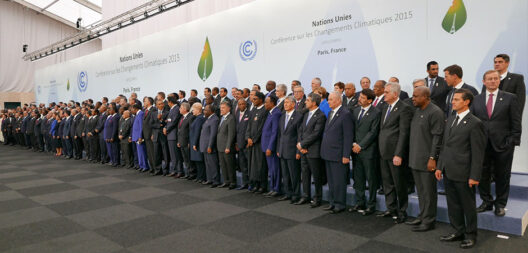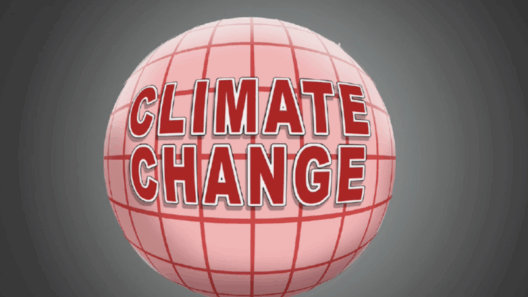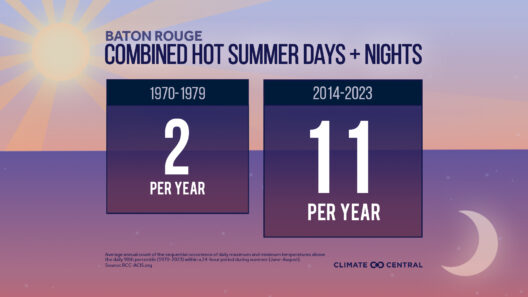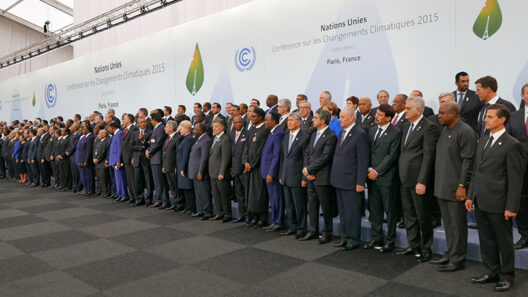Understanding the distinction between weather and climate is crucial for comprehension of environmental science and the impact of human activities on our planet. While the terms are frequently used interchangeably in everyday conversation, they signify markedly different concepts. Below, we elaborate on five key differences between weather and climate, providing clarity for readers navigating these often-confused terms.
1. Definition and Duration
The most fundamental difference lies in the definition: weather refers to the short-term atmospheric conditions in a specific area at a particular moment in time. It encompasses immediate variables such as temperature, humidity, precipitation, and visibility. For instance, a sunny afternoon may quickly change to a rainstorm, showcasing the transient nature of weather.
In contrast, climate denotes the long-term average of these atmospheric conditions over extended periods—typically 30 years or more—within a particular region. It encapsulates statistical data about weather patterns such as average temperatures, seasonal variations, and typical precipitation rates. Thus, while weather can change from one moment to the next, climate is a persistent, overarching framework that guides the predictive understanding of atmospheric phenomena.
2. Measurement and Analysis
The methods employed to measure and analyze weather and climate diverge significantly. Meteorologists, who specialize in weather forecasting, rely on real-time data collected from a variety of instruments, including satellites, radar, and weather stations. By utilizing advanced modeling techniques, they can predict immediate atmospheric conditions, often with high accuracy for short timeframes, such as hours or days ahead.
Conversely, climatologists focus on identifying trends and anomalies over extensive timescales. Their analysis often involves studying historical data sets to discern patterns and shifts in climate. Techniques such as paleoclimatology—which examines climate conditions inferred from tree rings, ice cores, and sediment layers—enable scientists to reconstruct historical climates, providing invaluable insights into long-term environmental shifts.
3. Geographic Scope
Weather phenomena can vary dramatically even within small geographic areas. A thunderstorm may affect one neighborhood, while nearby regions experience clear skies. This localized nature underscores the variability inherent in weather patterns. As a result, weather forecasts often include detailed regional assessments to account for these differences.
Climate, however, operates on a much broader scale. It encompasses large geographic regions, evaluating how atmospheric conditions behave over extensive expanses of land and ocean. Climates can be categorized into several types—tropical, arid, temperate, polar, and so on—each of which exhibits characteristic weather patterns. This classification aids in understanding global climate systems and predicting regional impacts of climate change.
4. Impact on Daily Life
Weather has an immediate influence on daily activities and decisions. Whether it’s dressing for the day, planning outdoor events, or making travel arrangements, the short-term nature of weather dictates our immediate choices. Individuals often check weather forecasts to prepare for imminent conditions, highlighting the practical relevance of short-term atmospheric predictions.
On the other hand, climate exerts a more profound and lasting influence on lifestyle and environmental sustainability. It shapes agricultural practices, biodiversity, and even cultural traditions within different regions. For instance, communities in arid climates will develop water conservation practices and crop choices distinct from those in temperate zones. Recognizing the climate’s influence fosters awareness of how global changes—such as warming temperatures and shifting precipitation patterns—can disrupt established practices, threatening food security and water availability.
5. Role in Climate Change Discourse
The discourse surrounding climate change often conflates weather and climate, leading to misconceptions regarding the urgency of environmental issues. Weather events—such as intense storms or unusual temperature spikes—are sometimes used as arguments against climate change, perpetuating the notion that isolated incidents invalidate long-term climate trends. However, understanding that climate change manifests as significant alterations in average weather patterns over time is essential for grasping the current ecological crisis.
Climate change represents a gradual yet relentless challenge, as global temperatures continue to rise, resulting in a cascade of environmental repercussions. These include melting ice caps, rising sea levels, and shifting ecosystems, all indicative of broader climatic shifts rather than mere fluctuations in daily weather. As individuals, policymakers, and organizations engage in climate action, solid comprehension of the distinction between weather and climate is imperative. It fosters informed discourse that can drive meaningful change.
Conclusion
Distinguishing between weather and climate is essential for understanding the complexities of our planet’s atmosphere and the ongoing effects of climate change. By grasping the definitions, methods of measurement, geographic scope, impact on daily life, and the roles they play in environmental discussions, individuals can cultivate a more sophisticated perspective on the challenges facing our world today. This understanding not only enhances personal awareness but also empowers advocacy efforts toward sustainability and environmental justice.



